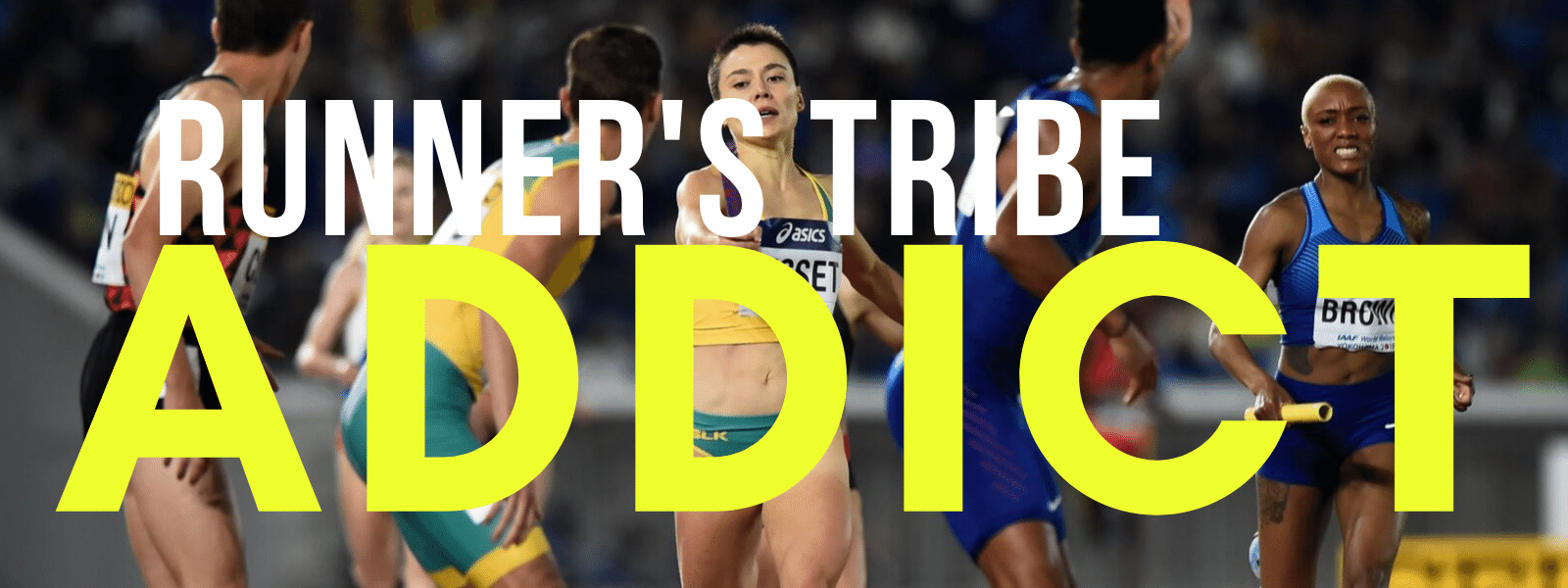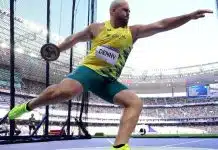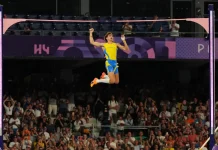By Bryan Green
This week, the IAAF will ratify changes to the Diamond League. These changes have the goal of creating a more spectator-friendly format that can allow fans to better engage with and support the sport.
That’s a worthy goal. I am fortunate to have attended many of the Diamond League meets, experiencing them both in person and on TV. The reality is Diamond League meets are long and slow, often held in half-filled stadiums that lack consistent energy. That’s why it’s particularly sad that the Bauhaus Galan meet in Stockholm lost its Diamond League status. My family felt it was far and away the most enjoyable in-person Diamond League meet we’ve been to.
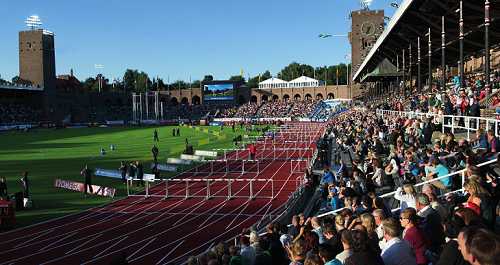
Oh well. I’m still fine with it. I’m not a conservative when it comes to the sport. I believe the IAAF’s goals should be to grow the sport’s popularity, pay the athletes as much as possible, and create memorable experiences for fans. Having experienced the Diamond League over the past 10 years, there is clearly much to be improved upon.
Our current system of individual athletes competing where and when they choose, for minimal prize money and appearance fees, is just not going to cut it. I personally believe the only system that can truly grow the sport is a league with teams and meet scoring. But that’s not happening anytime soon. So today I want to look at what the IAAF is proposing and make my argument for how they should implement it.
The IAAF’s Proposed Changes
I have summarized the IAAF’s proposed changes below:
- Identify 24 events (12 male, 12 female) to be competed at each Diamond League meet, to ensure consistency and predictability within each broadcast, with the longest distance event being 3000m
- Reduce the Diamond League schedule to 12 single-day, 90-minute competitions, with a single Diamond League Final meet at the end of the season that includes all 24 events
- Innovate around out-of-stadium / city-center field event competitions
- Create a tiered prize-money system that allows athletes to earn more and have greater clarity around expected earnings
- Create a better TV broadcast format and greater focus on digital content
- Review the World Rankings and Global Calendar to better support the circuit and incentivize head-to-head clashes between the best athletes
Honestly, I agree with all of these. Reducing the number of events is harsh, but the inconsistency at current meets is a structural problem that needs fixing. If we can’t build the sport around a team concept, then we at least need to build it around consistent events and the top athletes competing head to head.
The rest of this article will focus on the first question: what events should the Diamond League keep? This question is by far the most interesting and controversial.
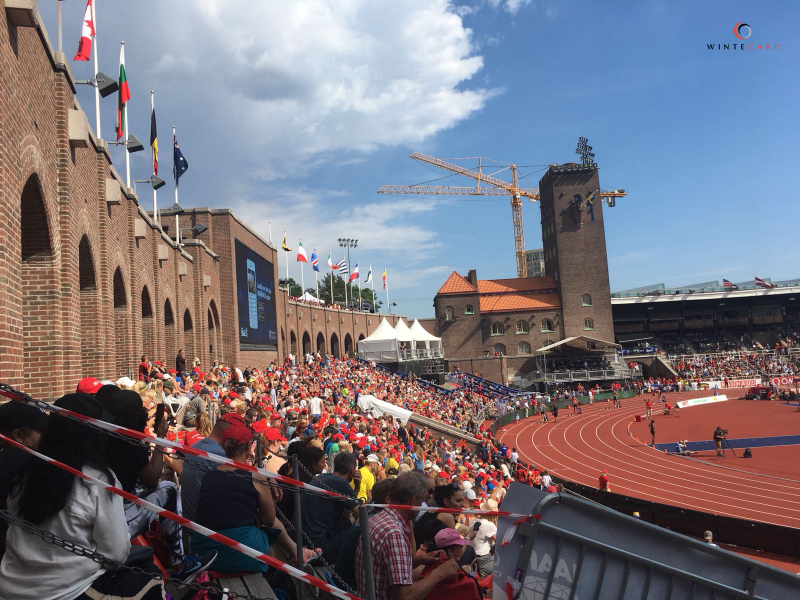
My Selection Criteria
In trying to decide what events should stay or go, I created a few criteria (with my relative weight in parentheses).
- Purity (High): What is the fundamental question the event is trying to answer, and does the event do it well? Is there anything about the event that is artificial? Flat races get a higher “purity score” than races with hurdles. Jumping with poles scores worse than jumping without. For throws, does it make sense to throw that object?
- Spectator-friendly (High): In this I include being enjoyable in the stadium and watchable on TV. Shorter scores better. Unpredictability gets more points. Suspense or “wow factor” gives an event a boost.
- Iconic-ness (Medium): To what extent does the event “define” athletics? When you ask people what events are in track and field, what are the first events they will think of? What are the historical moments that people think of when they discuss track and field?
- Effect on Sport (Low): Will the disappearance of the event have significant long-term effects? Are there thousands of athletes at all levels competing in the event today?
- Substitutability (Yes/No): Is the event substitutable with another? If yes, then only one of the two should be competed. If no, then it will stay or go on its own merits.
I put more weight on events being pure and spectator-friendly. For me, iconic events are important to keep (if possible), and finally, the effect on the sport is worth considering but is a lower concern. Again, there are no happy endings here. Events are getting dropped and feelings are getting hurt.
Note: The relays and decathlon/heptathlon are not considered. They are already not competed in Diamond League competition.
The Tier 1, Must Have, Gotta Be In Events
There are six “tier 1” events in track and field: 100m, 400m, 1500m, high hurdles, long jump, and high jump. They all stay.
The 100m is the premier event in track and field. It crowns the “world’s fastest man” and “world’s fastest woman”. It’s probably the one race that everyone in the world wants to know the result. Usain Bolt would not have been Usain Bolt if he wasn’t running the 100 meters.
The 400m is just one lap around the track. First one back to the starting line wins. As the runners converge around the final turn, the entire story unfolds. And there is almost always the unpredictability of “will she hold on or will she tie up.”
The 1500m is the essence of distance racing on the track. Four laps. Four minutes. It is pacing, positioning, and poise all packaged to perfection. It does everything a distance race needs to do in the optimal amount of time for both in stadium spectators and TV viewers.
The high hurdles are arguably the most entertaining event in all of track. The only points I dock from them are for “artificiality,” because, well, they have hurdles. But the unpredictability, wow-factor, 13-second duration, and iconic personalities make the event a definite keeper.
The long jump answers a basic human question: who can jump the farthest? It is arguably the purest of all Olympic sports. Even the running events beg the question, “why that distance?” Not the long jump. Here’s the line, now let’s see what you can do.
The high jump, too, answers an elemental question: who can jump the highest? Combine it with the flexibility, technique and “will-it-fall-or-won’t-it” wobbly bar factor, and you get the one event I personally choose to sit closest to when I go to a meet.
Those six are in. To decide the remaining six events, let’s look at the events by type.
Which Throws Get Thrown Out?
There are four throwing events in modern track: shot put, discus, javelin, and hammer. All of them suffer from different challenges.
The shot put was essentially the world’s strongest man competition before we had the World’s Strongest Man competition. Today it is still a spectacle, and the chalky-necked putters are by far the most marketable throwers. It also lends itself to inner-city competitions and better fan experiences. It should stay.
The discus and hammer are both spinning throws. One uses a heavy disk and was part of the original Olympic Games two millennia ago. The other uses a ball on a chain and looks freaking cool. The discus requires a balletic spin and perfect form to catch the air under the disk. The hammer requires the athlete to spin four times until it looks like they can’t possibly maintain control, at which point they launch the hammer into the distance. The hammer has more “wow factor”, but the discus is iconic and more athletes compete in the event at all levels. I can only justify keeping one spinning throw, and it’s gotta be the discus.
The javelin is the sport’s only “overhand” throw, and answers the question “how far can someone throw a spear?” The event gets the lowest “purity” score as javelin technology has a lot to do with how far it goes, but the “hurl your body along with the spear” approach is great fun to watch. Because I think it’s important that field events stay equally represented, I’m going to say it should stay.
We have nine events in: 100m, 400m, 1500m, high hurdles, long jump, high jump, shot put, discus, and javelin.
Which Jumps are Justified?
With the long jump and high jump already in, there are two jumps left to consider: the pole vault and the triple jump. We can keep at most one of them. But should we keep either?
The pole vault is literally the most artificial event in track and field. It answers an unnecessary question: how high can someone jump using a pole? The results depend in great part on pole technology. And it’s not that accessible an event when we consider all levels of track and field. Still, there is something spectacular about it that makes it a fan favorite. It feels death-defying and circus-like, and has its share of suspenseful wobbly bar moments as well.
The triple jump is a strange event. Whereas the long jump answers the fundamental question of who can jump the farthest, the triple jump answers the question: “how far can you hop, skip, then jump?” That is a question that nobody in history asked prior to the event’s creation. I’ve always felt the triple jump was created to “have another jumping event” and to replace the boring-as-hell broad jump. The best thing it has going for it is that it is truly remarkable to watch, which is important!
So we have two very artificial jumps, both of which are fun to watch but that don’t really answer a fundamental question about human ability. I could justify dropping both, but I think we should keep the pole vault. It’s unique, a fan favorite, and gives us our sixth field event.
Dropping the Long Distance Races
The long distance races include the 10,000 meters, 5,000 meters and 3,000 meters steeplechase. It pains me to say it but, they are all gone.
The 10k is obvious. It has never been a part of the Diamond League because it’s 30 minutes long, boring until the last few minutes, and most of the best runners have chosen to compete on the roads at this point anyway.
The 5,000 meters is also simply too long. I would personally prefer that the event be included, but that decision was already made. At least losing the 5k doesn’t affect distance runners that much. True long distance runners will move to the roads (which they mostly already have) and adding a flat 3,000 meter race would—in theory—serve 5k runners while also allowing milers to step up more easily, thus making for a more interesting race. So, sorry 5k, you’re just not spectator-friendly enough.
We are left with a fundamental question: should the Diamond League have a flat 3,000 meter race, a 3,000 meter steeplechase, or no long distance event at all. I cannot imagine them eliminating long distance races entirely, but that’s exactly what they should do.
Let’s start with the steeplechase. In my mind, the steeplechase is the least pure event in track and field (well, tied with the pole vault). Here is my argument in five words: it has a water pit. That water pit is both what makes it more fun to watch than a 5k and what makes it ridiculous. You can’t even understand the runners’ pace because the water pit makes them run shorter or longer distances each lap. The steeplechase is a distance side-show.
What about a flat 3,000 meter race? I just don’t think we need it. It’s not an event that has any history. It would be a made-for-TV-version of a distance race. Forget it. Either run the 5k or drop it.
I realize writing this on a site frequented by distance runners is probably blasphemous. Here’s the thing. Distance running is fine. There is track, cross country, roads, and in Japan, ekiden races. Runners will find races. If we really want to include distance races in the Diamond League meets, make them distance carnivals and run them after the official meet ends or the night before. Distance fans will come to watch the races and the conditions will likely be ideal for faster times anyway.
So, we still have two events left to fill. And there are three events remaining to consider.
Sacrificing A Sprint
By dropping all the long distance races, we are left with three remaining events—200m, 800m, and 400m hurdles—to fill two remaining spots.
I actually think this is pretty simple. Just drop the 200m. As ideal as it may be for TV, there is no 200 meter runner who isn’t an elite 100 meter runner or elite 400 meter runner. They can move up or down as necessary.
Including the 800 meters and 400 meter hurdles gives us a track line up of two flat sprints (100m and 400m), two hurdles (high hurdles and 400m hurdles) and two middle distance races (800m and 1500m). This makes sense to me.
Would the ideal Diamond League include a long distance race? Yeah, sure. Would I be willing to sacrifice the 800 meters or 400 meter hurdles for the 5,000 meters? I’d certainly be open to it. But not for the 3,000 meters. And certainly not for the hammer throw or triple jump. So while it isn’t ideal, I like a Diamond League that looks like this:
Track: 100m, 400m, 800m, 1500m, high hurdles, 400m hurdles
Field: long jump, high jump, pole vault, shot put, discus, javelin
Final Thoughts
This proposal obviously hurts a number of athletes. Most significantly, it will decrease the already sparse opportunity to earn a living for hammer throwers and triple jumpers. I don’t have a great solution for them. I also imagine a long-term trend away from these events at the elite level. If all the money is in the discus, hammer throwers will likely focus there. And triple jumpers may just try to be long jumpers. This may be the beginning of the end for these events, though that wouldn’t actually happen for many years to come.
As for the distance runners, I’m sure some enterprising meets (both Diamond League and other) can come up with ways to create opportunities for the long distance guys. I would love to see the IAAF try to create a team-oriented “league” for distance runners as a trial toward a team-based system for all of track and field. But I doubt that will happen.
For the rest of our athletes, I can only hope that these Diamond League changes really do result in higher earnings and better exposure. Only time will tell.



